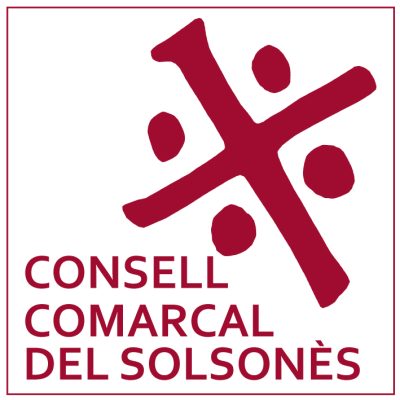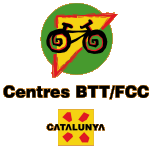Church of Sant Pere de Madrona (Baroque)
Built between 1771 and 1776 by builder Jaume Fornell, of Tentellatge, the new Church of Sant Pere de Madrona rises majestically in the north-west of the municipal area amongst dense forests of Scots pine, Aleppo pine and holm oak, on a hill older than the one that today bears the remains of a castle and a Romanesque church that dates from at least the ninth century.
The architecture
The church’s architecture is particularly noteworthy. The morphology of the facade with curved coping is typical of eighteenth-century Catalan Baroque and is close to models that emerged from the workshop of the Morató family in Vic. The structuring of the inner space is reminiscent of Jesuit churches, such as the old Bethlehem Church in Barcelona or Saint Ignatius’ in Manresa. Like them, it has a nave with pilasters supporting a vigorous entablature and flanked by open side chapels above which there is a gallery or tribune, which in the case of Madrona is open to the central space via a series of balconies which makes it appear profane. The ceiling is barrel vaulted with window lunettes, and the apsidal dome, common in this Jesuit style, shows a huge shell, which appears to spread from the top of the high altar. This likely dates from the early nineteenth century and is academic in style.
The altarpieces in the side chapels
Much older, possibly from the early eighteenth century, and therefore from the original parish church, are three small altarpieces with Solomonic columns in the side chapels, dominated by images that were added in the twentieth century. They appear to be contemporary and made by the same artist: a remarkable sculptor if the cleverness of the design and the naturalness of the figures is anything to go by. The other altarpieces, dedicated to Our Lady of the Rosary, Christ the Lord and Saint Matrona, are neoclassic in style—particularly valuable being the latest type of Catalan altarpiece—and date from the same time as the building of the high altar for the new church.
Mural paintings in the church
One the most surprising features of the inside of the church is the polychrome adorning all the walls and architectural elements imitating jasper and coloured marble, along with a series of extremely original grisailles by an unknown artist. There are twelve in the nave representing the apostles, plus a mysterious hieroglyph behind the throne.









